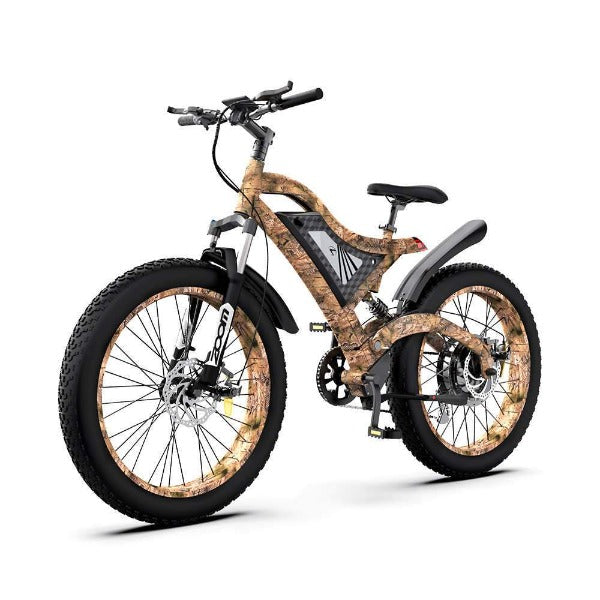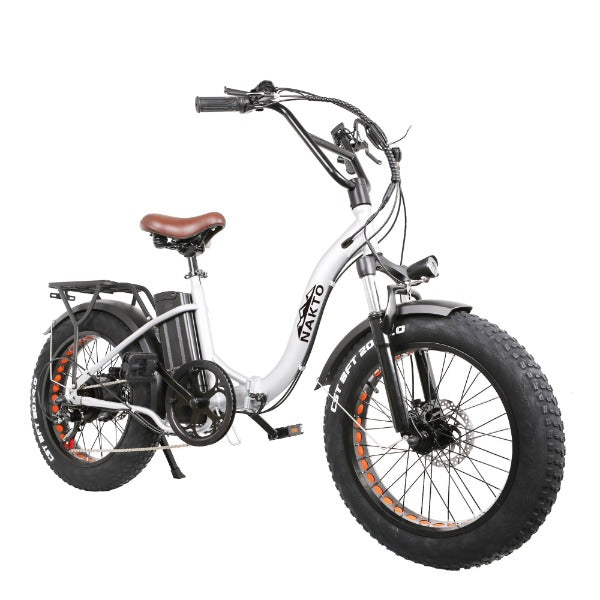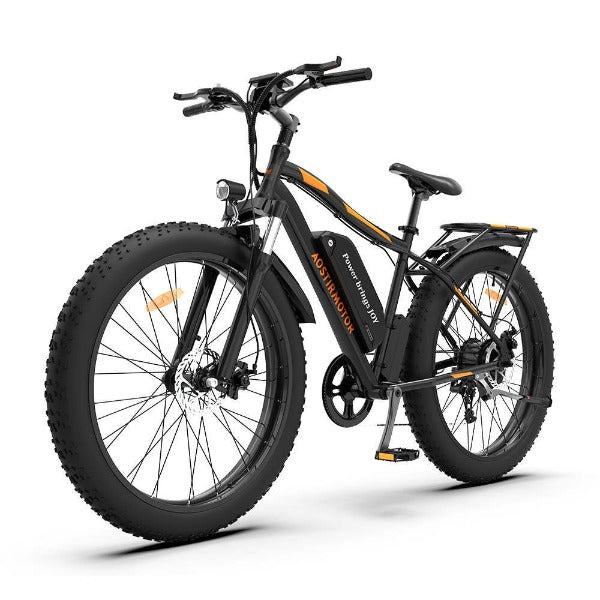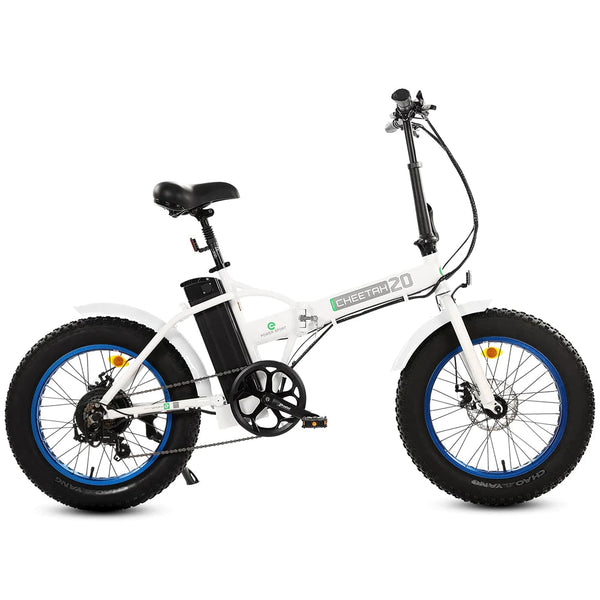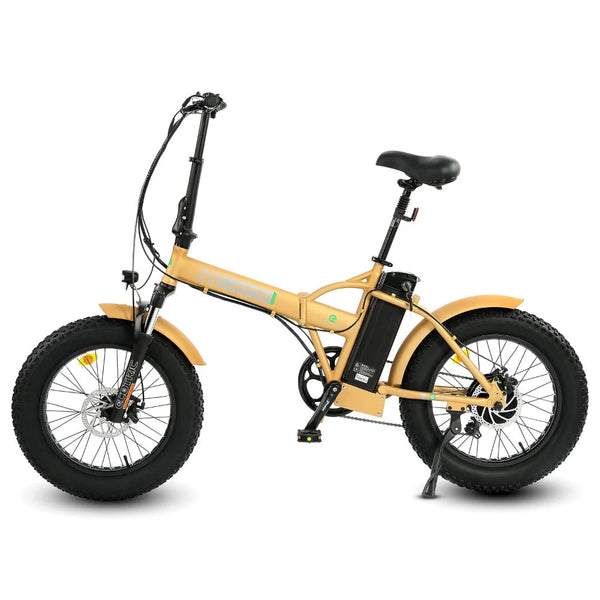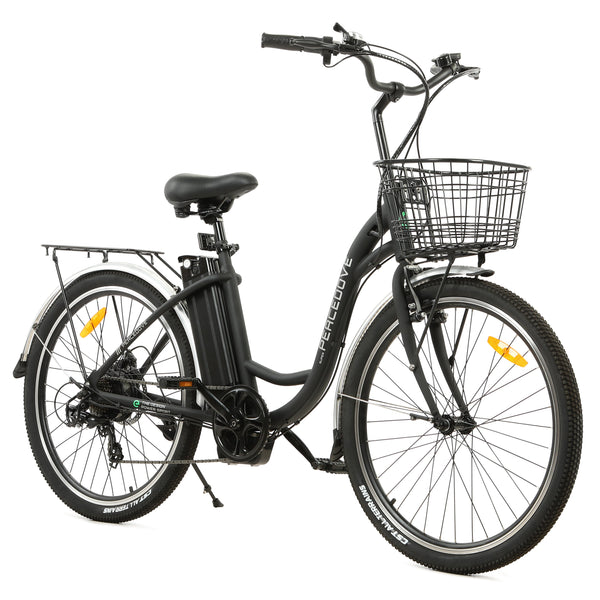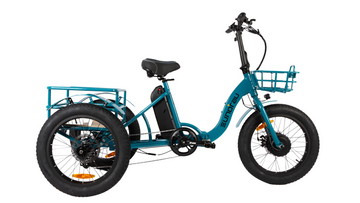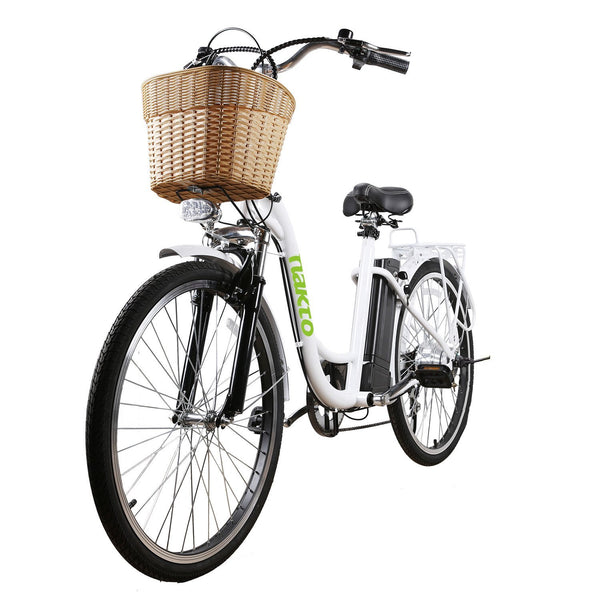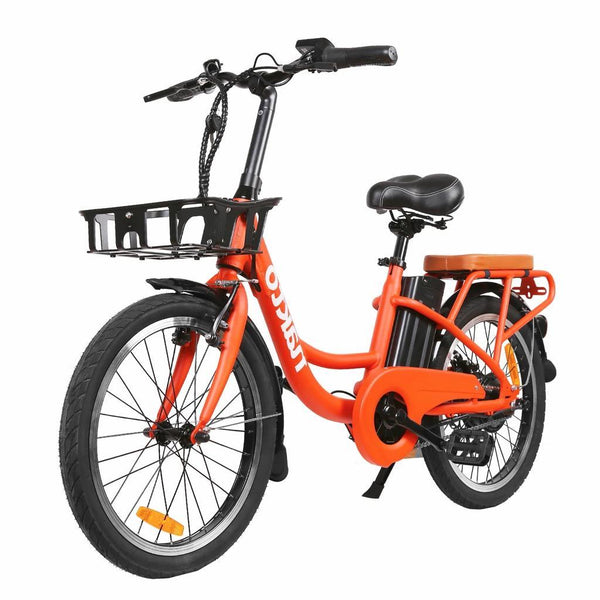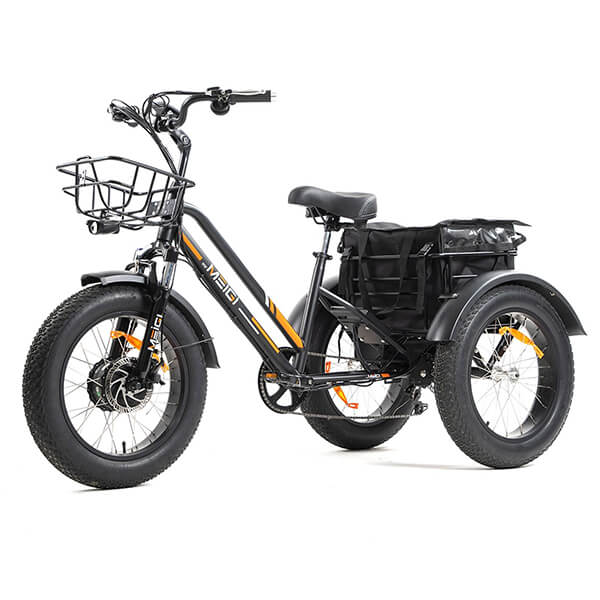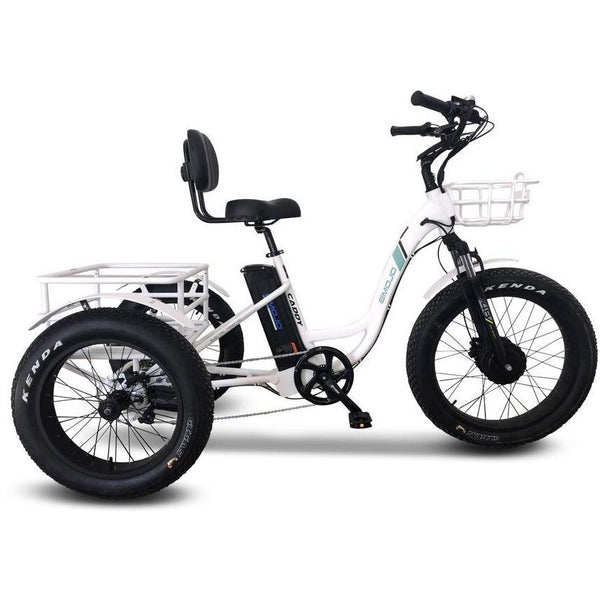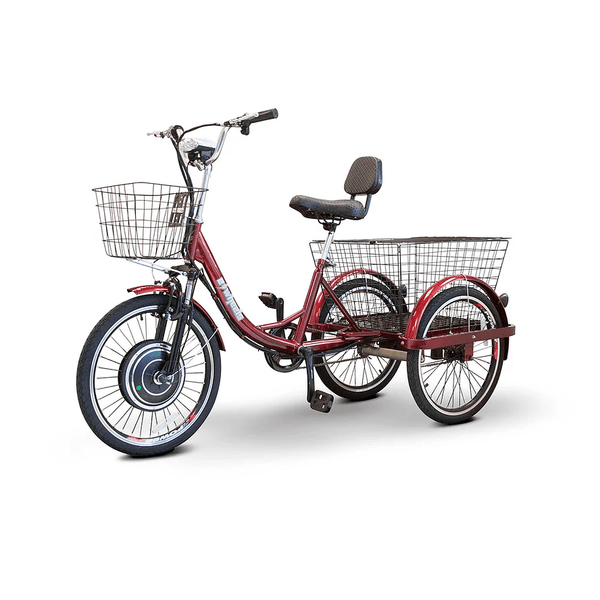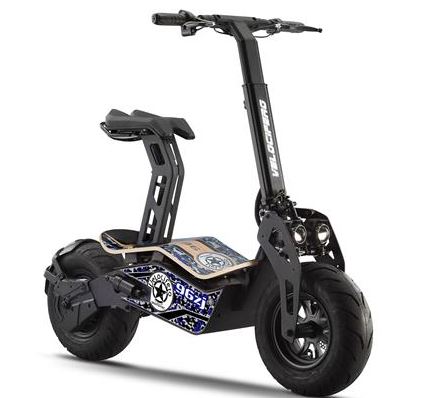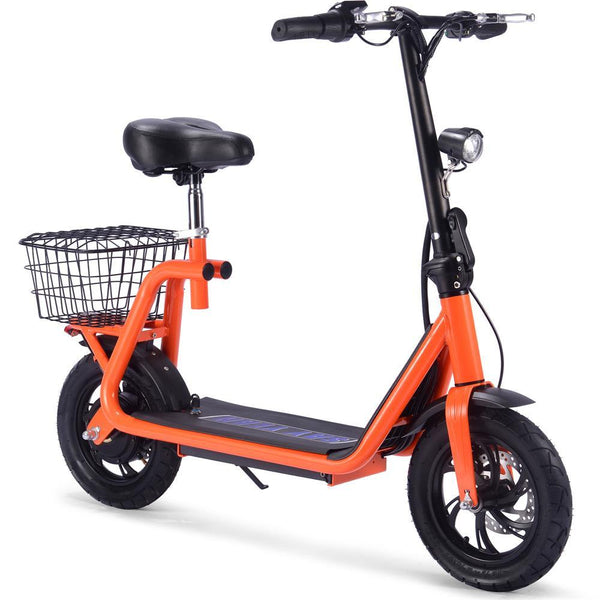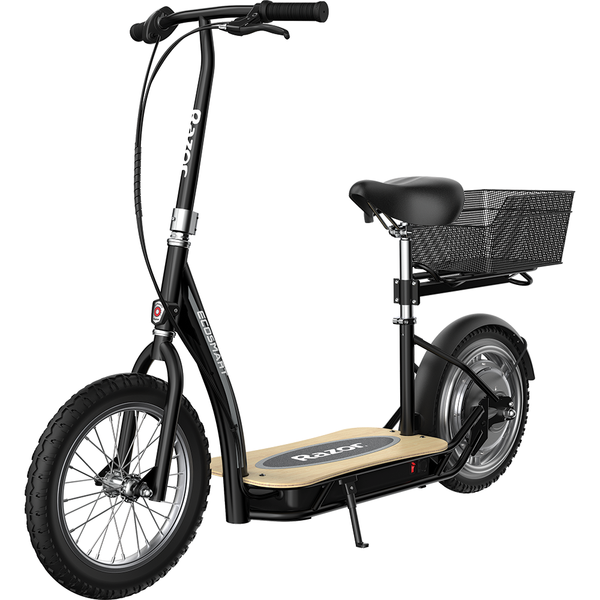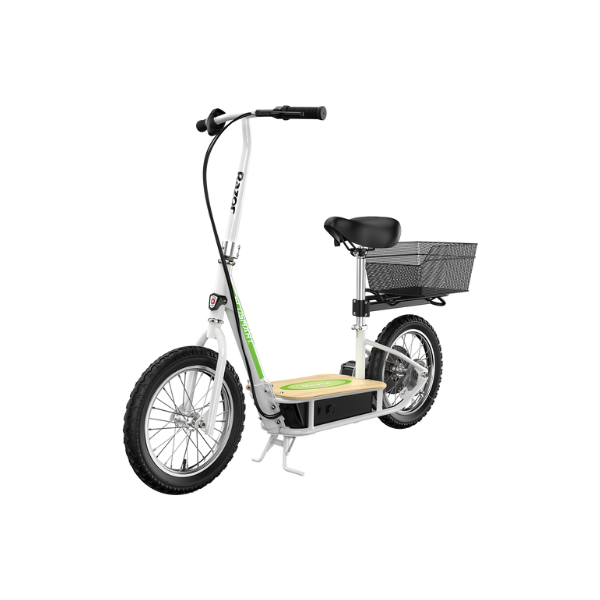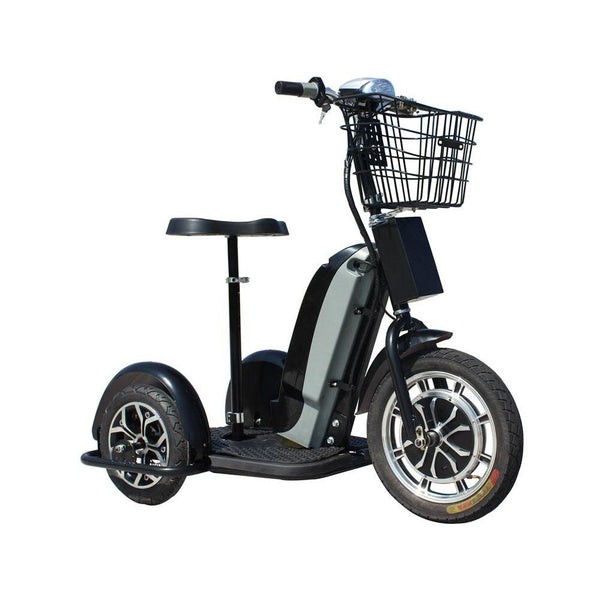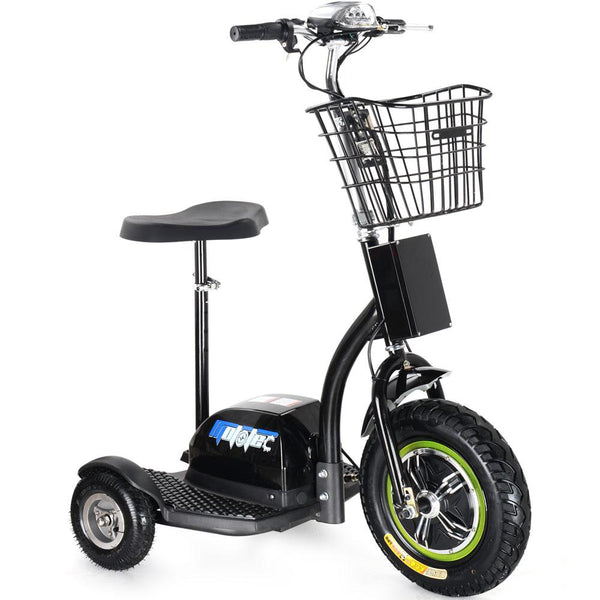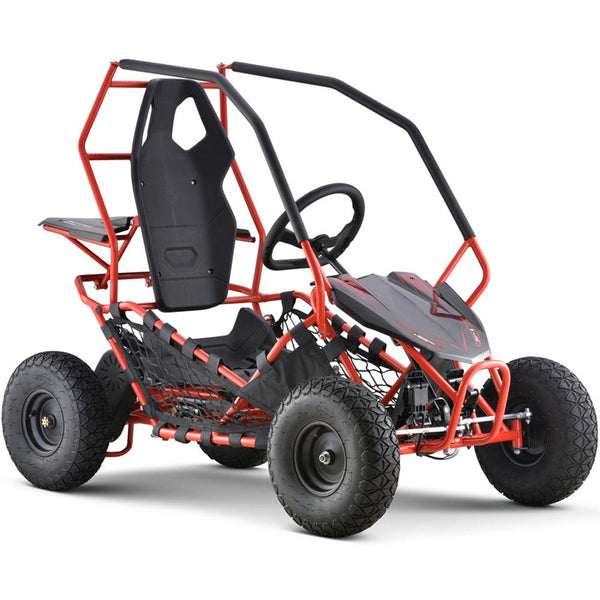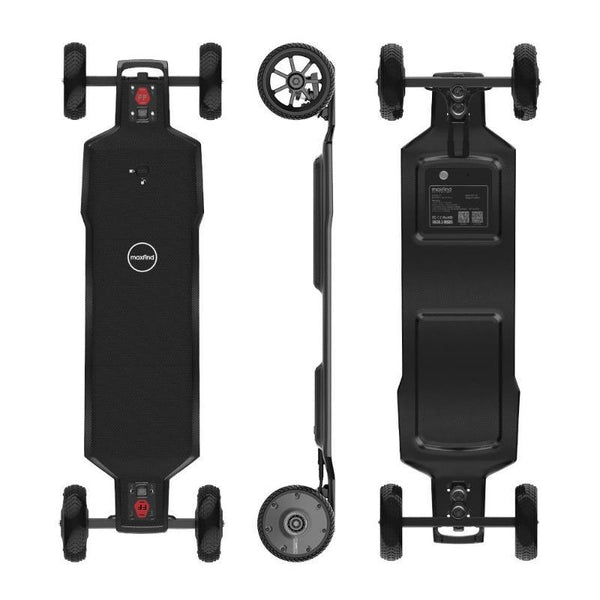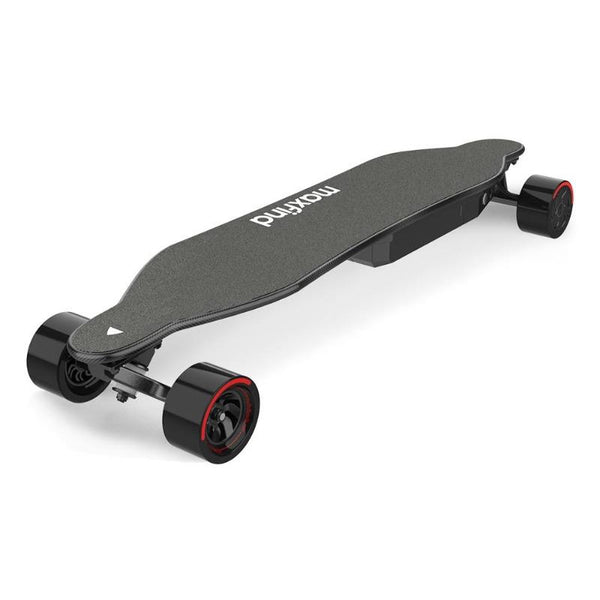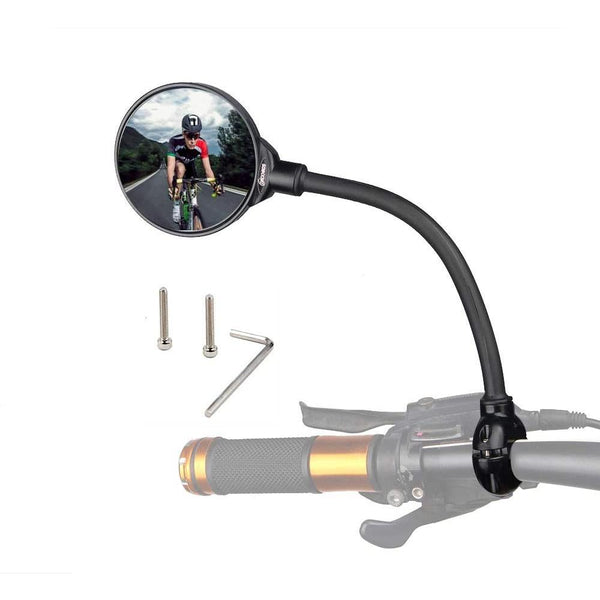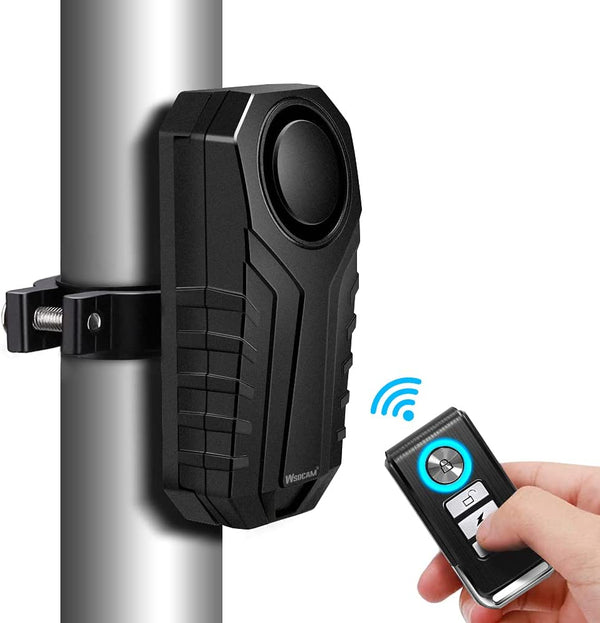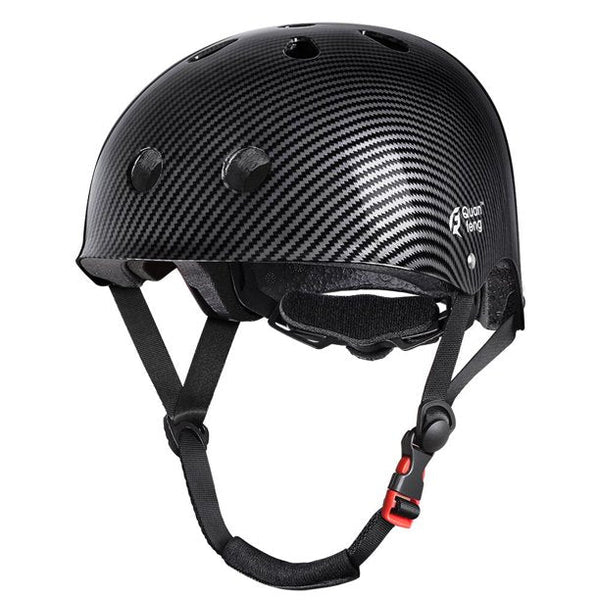What does it do exactly?
The invention of electric bikes marked a great transition in the field of bike transportation. Buying and maintaining an electric bike may not be as easy as it sounds, but you are guaranteed to have a mode of transportation or equipment for leisure that is surely unbeatable by other traditional bikes.
Having an electric bike by your side will take your regular biking experience to a whole new level through its unique features and additional components such as an electric motor, the display and control system, and perhaps the most important part of an e-bike, the battery. For the record, the battery is also the most expensive component, next to it are the electric motor and the e-bike’s frame.
The battery, being “the heart” that supplies energy to the motor of an electric bike must be protected at all costs. Not only because it’s the most expensive part but because without it, obviously the electric motor won’t work and you won’t get to maximize the use of your e-bike.
An e-bike’s battery dictates the duration of your electric bike’s usability with the motor, the greater its capacity to store power or energy, the longer you can ride your e-bike without getting interrupted by a dead battery.
Maybe at this point you’re already wondering what’s in that mini rectangular box that makes it so pricey and important? Well to answer your curiosity, we’ll have to explain the history and chemistry of e-bike batteries to you all the way from the conception and creation of the earliest version of electric bikes. So put your helmet on because we will take a ride into the wonders of an e-bike battery.
Chemistry and History of E-bike Batteries
Lead-acid Batteries (Sealed Lead Acid “SLA” batteries)
Prior models of electric bikes made use of Lead-acid batteries. When we say Lead-acid batteries, we’re actually referring to Sealed Lead Acid “SLA” batteries which are tremendously heavy and large. Even though it’s massive, a Lead-acid battery is capable of handling huge amounts of current therefore having a high power output potential. And the fact that it’s cheap and sturdy makes it a viable battery for most electric vehicles. However, being enormous can be a drawback for an electric bike. The good thing is that by simply placing it in the right location will result in a more balanced center of gravity. As a matter of fact, a few electric bikes nowadays still make use of SLA batteries regardless of its weight disadvantages.
Nickel Batteries (NiCd or NiMH batteries)
In comparison with the weight of Lead-acid batteries, Nickel batteries, whether Nickel-cadmium (NiCd) or Nickel-metal Hydride (NiMH), are pretty much the same. Although a NiCd battery has a greater capacity than a Lead-acid battery, Nickel-Cadmium batteries are becoming a part of history and are being forgotten mainly because this kind of battery besides being much more expensive, is hard to recycle and is an awful pollutant to the environment.
On the other hand, Nickel-metal Hydride or NiMH is more efficient than NiCd in terms of capacity and environment-friendliness. NiMH batteries have more tolerance to overcharging and are capable of fast charging. The downside is that this type of battery is too costly and is not preferred by most people.
Lithium-ion Batteries (Li-ion Batteries)
Advancement in technology allowed every battery research study and development to move forward in spite of (if there are any) financial constraints. In the early 1990s, a newly developed battery called Lithium-ion was said to change the whole game of e-bike batteries. In terms of weight, range, and longevity, Lithium-ion or Li-ion batteries have the bigger advantage. First things first, an Li-ion battery is small and can be placed almost anywhere in your e-bike. Second, it’s not that heavy unlike Lead-acid batteries so you will not have to worry about the overall weight of your e-bike. Third, Lithium-ion batteries last longer and are capable of storing greater amounts of energy than any type of battery mentioned above. Because Lithium is a very reactive element, its atomic bonds can store a lot of energy, making Li-ion batteries have high energy density.
In a nutshell, Lithium-ion batteries are better in terms of the weight, size, and shelf life. Today, most electric bikes make use of Li-ion batteries. These batteries are the same batteries used in most electronic devices such as smartphones, laptop computers, and tablets. Lithium-ion batteries are portable and convenient however these are not easy to maintain and most of all are expensive. As mentioned, Lithium is a highly reactive element, exposing it to extreme conditions may cause damage to it. Li-ion batteries are highly valued. So if your e-bike makes use of a lithium-ion battery, make sure to take good care of it because the last thing you want is an empty pocket from buying a battery replacement.
Life of an e-bike battery
The efficiency of an e-bike battery just as the saying goes, “all good things must come to an end” has its own limits. The life of a battery is calculated through the number of charge cycles it can undergo before it begins being inefficient or before it’s no longer functional. By charge cycle we mean that with every full charge (every 100%) you make for an e-bike battery counts as one charge cycle. Usually, a typical e-bike battery can last up to 3 or 5 years before it diminishes its efficiency depending on the type of battery. Also, the way you treat your e-bike battery greatly affects its lifespan, therefore properly taking care of your battery can save you several hundred bucks in the long run.
Different types of e-bike batteries have different life expectancy. The number of charge cycles they can accommodate in their lifetime is a great indicator of an efficient e-bike battery. For example, a Lead-acid battery is capable of undergoing only 300 to 400 charging cycles while nickel batteries can hold up to 500 cycles. Lithium-ion batteries as they become more common every day, can sustain thrice as much as Lead acid batteries with roughly a thousand (1000) charge cycles. So no matter how expensive a Li-ion battery is, it will still cost you less in the long run because of its longer lifespan.
The specs
Enough with the chemistry and history of batteries. Let’s talk about what the battery’s specifications are and what they mean. E-bike batteries are sometimes taken for granted for the function they perform. However, these cute typically rectangular boxes have more to them than just supplying energy to the electric motor. If you have seen or have browsed for e-bike batteries before, you might have noticed that all of them had important labels or descriptions such as the Amps, Volts, Watts, Amp hours and watt hours. And have you also tried researching their meanings and their relevance to the battery’s functions? Well, lucky for you, you will not have to go any farther because we have it all covered for you! Here are the things rather numbers you usually see in e-bike specifications and their significance:
Enough with the chemistry and history of batteries. Let’s talk about what the battery’s specifications are and what they mean. E-bike batteries are sometimes taken for granted for the function they perform. However, these cute and typically rectangular boxes have more to them than just supplying energy to the electric motor. If you have seen or browsed for e-bike batteries before, you might have noticed that all of them had important labels or descriptions such as the Amps, Volts, Watts, Amp hours and watt hours. And have you also tried researching their meanings and their relevance to the battery’s functions? Well, lucky for you, you will not have to go any farther because we have it all covered for you! Here are the things rather numbers you usually see in e-bike specifications and their significance:
Amps
Amps or Amp is short for Amperes and is a measurement of current which is the rate of flow of electrons or simply the flow of electrons. The higher the amps of the battery, the greater number of electrons is delivered therefore higher current and higher energy output is given by the battery. An e-bike battery with higher amps value requires thicker gauge wires and larger battery packs.
Volts
After knowing what Amps is, it is time to understand what defines the speed of the flow of electrons. Volts is somewhat considered as the “force” pushing the current or flow of electrons through the battery’s whole system. The higher the volts value of an e-bike battery, the greater the force pushing the electrons, therefore more electrons or greater current is sent to the electric motor. An e-bike battery with high voltage tends to give more power and makes the electric bike go faster.
Watts
Fundamentally speaking, watts is the product of amps and volts. Let’s take for example a given battery has 48 Volts and 10 Amperes. To get the wattage of the system, you’ll just have to multiply the amps and the volts:
48v x 10A = 480 watts
Amp Hours (Ah)
Amp Hours or Ah for short is the amount of current a battery can sustain in an hour. This e-bike battery specification should always be described as a range. For example, the given Revi Bikes 48V 13-17.5AH (840WH) Lithium Battery below has an indicated Amp hour range of 13Ah to 17.5Ah.

Featured product: Revi Bikes 48V 17.5AH (840WH) Lithium Battery For Predator EBikes
Watt Hours (Wh)
Same as the voltage, watt hour is one of the commonly listed specs for e-bike batteries. It represents the number of watts that can be delivered in one hour. For the same example above, the Revi Bikes 48V 13-17.5AH Lithium Battery has a watt hour value of 840Wh. This means that the battery can deliver 840 watts in an hour, or 420 watts in 2 hours, or 1680 watts in 30 mins etc. If the watt hour value is not given for the particular e-bike battery you’re looking at, you can simply compute for it by multiplying the volts and the amp hour. As an example, the given Bikonit USA Lg 48V/15Ah Spare Electric Bike Battery below has a voltage of 48v and an amp hour of 15Ah. To get the watt hour:
48v x 15Ah = 720Wh

Featured product: Bikonit USA Lg 48V/15Ah Spare Electric Bike Battery
Summary
Getting an excellent e-bike battery, suitable for your electric bike must be the first thing in your mind. Knowing exactly what to look for and understanding what the numbers mean in the specifications will allow you to have a more knowledgeable decision and will help you avoid regrets in the end.
E-bike batteries as we said in the beginning are the most expensive part of an electric bike, that is why being mindful of the important things and specs of an e-bike battery can help you save hundreds or thousands of dollars.
Take note, however, that an expensive battery doesn't always mean excellent quality. Product descriptions are almost always enough for you to weigh the pros and cons of a particular battery. But even though some specs are not indicated, knowing how to compute for these essential values can save your wallet from purchasing the wrong battery.
The battery’s brand also plays a significant role in choosing the best e-bike battery so make sure to go for the brands that are reputable enough and have been known for making batteries for years already.
Lastly, if you’re looking for a replacement battery or just need a spare one, you can always review these guides and next time you’ll know exactly where to look.
Interested in buying an electric bike? Check out our Electric Bike Buying Guide and Best Electric Bikes of 2021!




